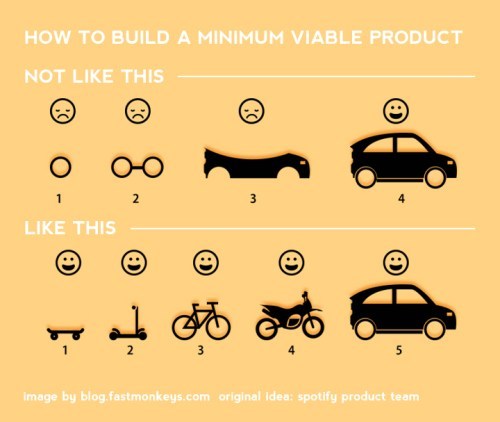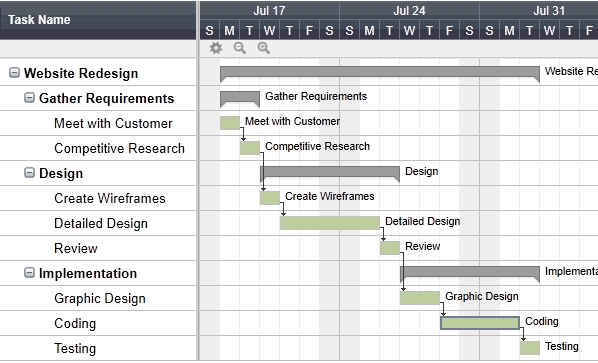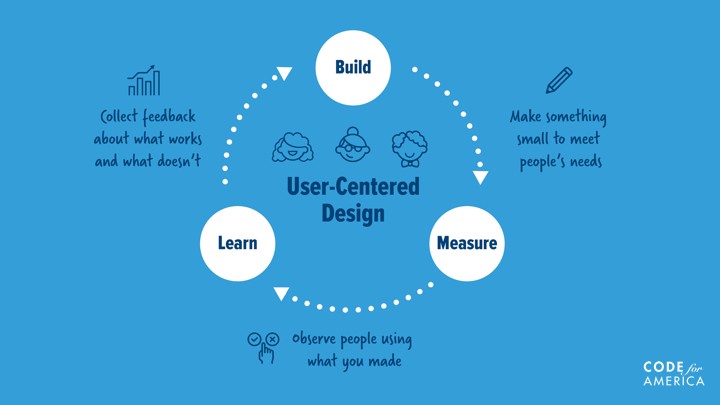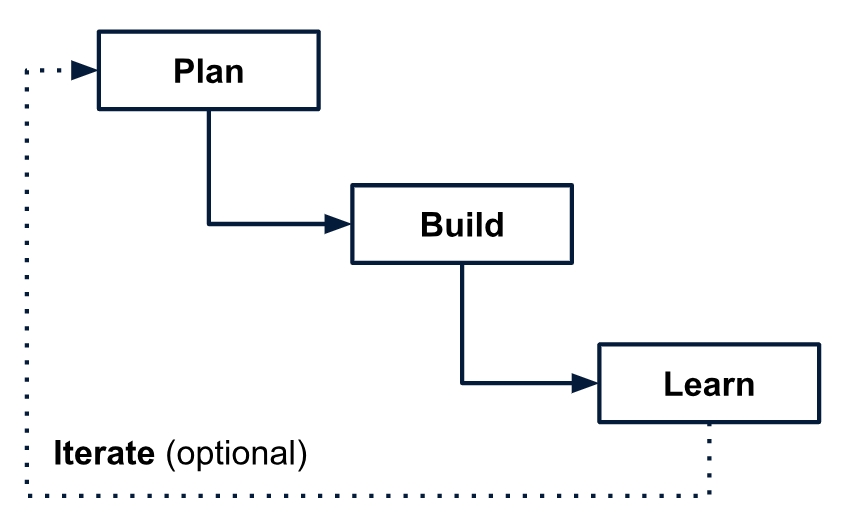The Systems Development Lifecycle (SDLC)
Prerequisite: Project Management
The Systems Development Lifecycle (SDLC) refers to an end-to-end process by which systems are built and managed.
Methodologies
If you have a well-defined problem, a clear set of requirements, and your team has experience building similar systems in the past, then a Traditional, or "Waterfall", approach may be the most efficient choice. It will allow your team to deliver the final product more quickly.
However, if the problem is not well defined, or the system requirements are not entirely clear, or your team doesn't have previous experience building similar systems, then an Iterative, or "Agile", approach may be the best choice. It will allow your team to be flexible to changing requirements and deliver a Minimum Viable Product (MVP) more quickly.

Traditional Methodologies

A traditional, or "waterfall" approach involves gathering system requirements up-front, and then moving through various discrete phases of effort once in chronological order, with the next phase not beginning before the previous phase ends, and the lifecycle ending after the last phase is complete.
Phases:
Order
Phase
Description
1
Planning / Ideation
Gathering requirements, discovering user needs, and brainstorming potential solutions. Includes setting system objectives and hypotheses.
2
Analysis / Investigation
Determining the feasibility of certain potential solutions and choosing one to implement.
3
Design
Translating requirements into technical specifications to guide and inform development efforts.
4
Implementation
Developing the system, including writing code, deploying servers, and delivering the finished product.
5
Maintenance
Monitoring system operations, implementing quality control mechanisms, and fixing bugs as necessary.
Agile Methodologies

Agile is an iterative approach to project management and software development that helps teams deliver value to their customers faster and with fewer headaches. Instead of betting everything on a "big bang" launch, an agile team delivers work in small, but consumable, increments. Requirements, plans, and results are evaluated continuously so teams have a natural mechanism for responding to change quickly... Agile isn't defined by a set of ceremonies or specific development techniques. Rather, agile is a group of methodologies that demonstrate a commitment to tight feedback cycles and continuous improvement. - Atlassian Agile Coach
The Agile Manifesto describes an official set of principles which comprise the "Agile" approach. Among them are:
*"[The] highest priority is to satisfy the customer
through early and continuous delivery
of valuable software"*
*"The sponsors, developers, and users should be able
to maintain a constant pace indefinitely."*
*"At regular intervals, the team reflects on how
to become more effective, then tunes and adjusts
its behavior accordingly."*
"Start small and continuously improve... get a working Minimum Viable Product (MVP) into people's hands as early as possible, test with users frequently, and make continuous improvements based on feedback." - "Iterative Development", from the Code for America Playbook
The professor recommends a hybrid approach of "Plan, Build, Learn" (or a "Learn, Plan, Build" variant):
Phase
Description
Plan
Determining what to build and how to build it. Defining the system's objectives, as well as its expected functionality and success criteria.
Build
Implementing the system's functionality and delivering the finished product to users. Maintaining the system and implementing quality control mechanisms.
Learn
Observing user interactions with the system, analyzing user data, performing user and market research.

Last updated
Was this helpful?